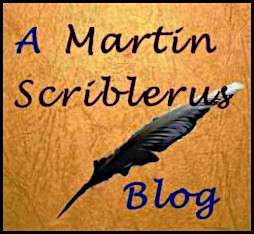Teaching remote lessons is like walking through treacle. Worse, at least treacle is sweet. it’s like walking through tar. Unable to see the members of the class, unable to see their work, unable to have the conversations vital to gauging and developing learning, the teaching becomes an exercise in damage limitation. Hoping something will stick, we work through the lessons. Much of the time is spent asking of people have listened and have read the instructions as to what they should do. Every lesson needs PowerPoint slides to support what is said. Some students have a poor Wifi connection and spoken words can end up “laggy” and “glitchy,” the standard feedback words when they cannot follow. I have had to learn the textspeak they use in ordinary conversations, idk has replaced the “I don’t know,” answer of the classroom. Sometimes the terms are beyond me, I just have to hope they are not being rude.
Reaching the final lesson on Friday is a relief. The class is small, sometimes in single figures, and the dynamic is different from the lessons when there are thirty names on the list. They are forthright in their opinions and look for affirmation. Sometimes the logic is not clear, sometimes they are contradictory in their arguments. Perhaps the atmosphere is different because the end of the week is in touching distance.
“Have a good weekend,” I said.
What did have a good weekend mean, though? There was nowhere to go, nothing to do. Some are open about missing school, missing the normality that would formerly have been criticised as boring.
Having closed the Teams meeting. I opened the BBC website. On the homepage, there were links to suggested pages. One was a Live Lessons page on BBC Teach, it was about birdwatching and began with an acknowledgment of there being nothing to do:
“The start of 2021 has been a challenging time for parents, teachers and children alike. Whilst travelling outside your local area might be difficult at present, the simple act of birdwatching could help children – both at home and in school – get outside for some fresh air.”
The page recalled days in childhood when I would stand looking out of an upstairs window at the back of our house, simply watching the birds in our back garden. There were no organised birdwatches of which I knew, no programmes to watch. I knew someone who had the Observer’s Book of Birds, but in our house I just guessed at what the birds might me.
I don’t remember anything other than the most common birds, but I do remember a sense of contentment at standing and watching.
It is unlikely many of those I teach would have much interest in the birds outside their houses, but it is therapeutic for their teacher.


“I don’t remember anything other than the most common birds, but I do remember a sense of contentment at standing and watching.”
What of the overall number of birds around now? We don’t hear too many in our trees these days up here.
The destruction of habitats had a major impact, hedgerows have been grubbed out, or are slashed to pieces. I think the change in gardening habits has also had an effect, the old vegetable garden, which might also have included a chicken run, might always have had something to offer, lawns don’t have much to offer birds.